
Roots
Consider the story held within each strand, a living archive tracing lineages across continents and centuries. For those whose crowns tell tales of the sun’s embrace and the soil’s deep wisdom, hair is more than a biological outgrowth; it is a repository of identity, an ancestral connection. We stand today at a fascinating crossroads, seeking to understand if something as elemental as baobab oil can guard the enduring meaning and physical resilience of textured hair, a heritage so rich, so often assailed.
The grand baobab tree, often called the “Tree of Life” across its native African lands, possesses a deep spiritual and practical significance. Its presence, majestic and long-lived, has anchored communities for millennia, offering sustenance, shelter, and remedies. From its seeds, a remarkable oil is pressed, an elixir holding generations of tradition within its golden liquid. For African communities, the practice of oiling hair was seldom a mere act of beautification; it was a ritual of care, a way to maintain health in challenging climates, and a communal bonding experience.
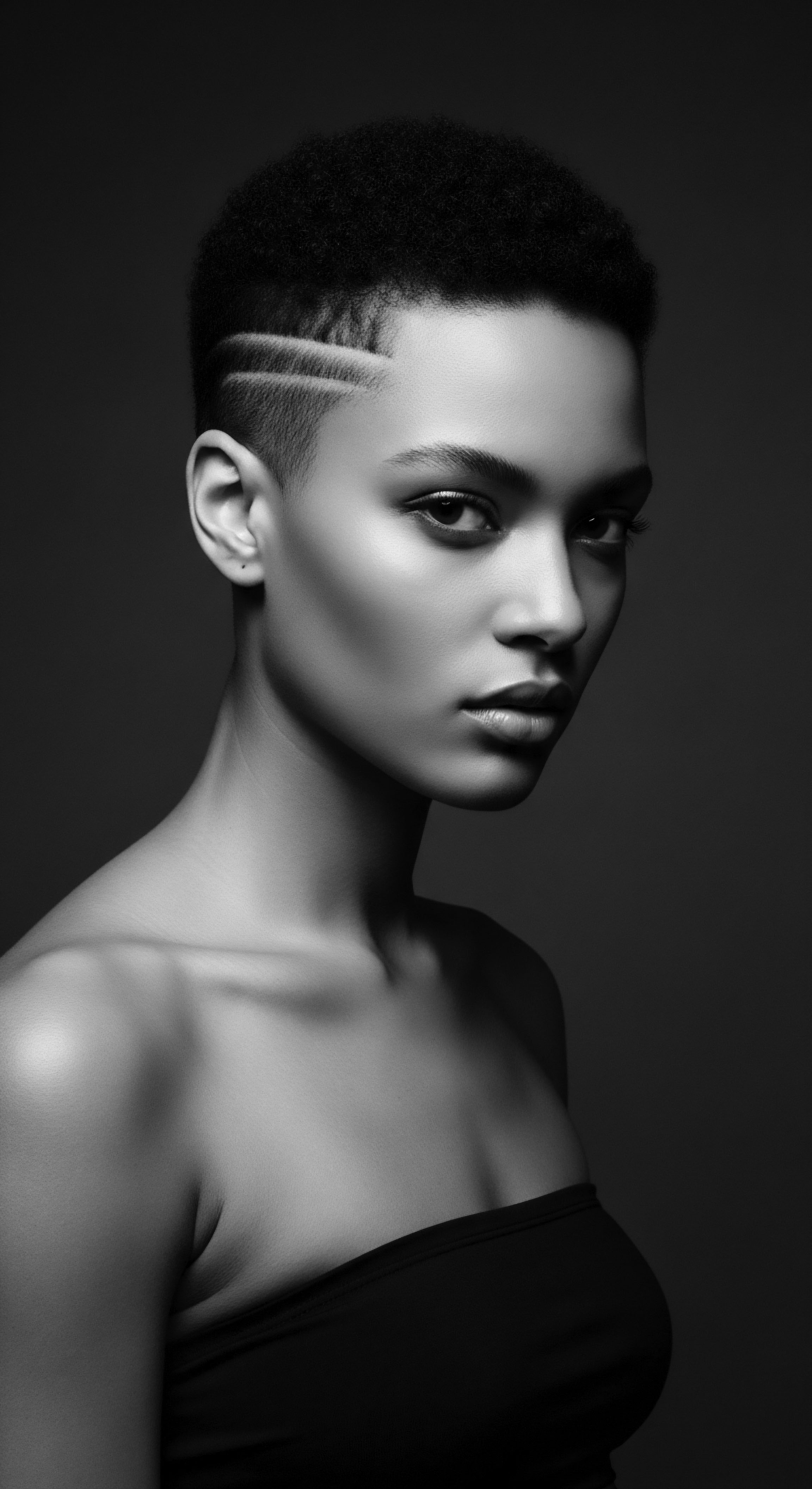
Hair Anatomy and Ancestral Wisdom
Textured hair, with its unique helical structure, presents particular needs for moisture retention and tensile strength. Each curl, coil, or wave acts as a natural barrier to the swift travel of scalp oils down the hair shaft, contributing to its inherent predisposition for dryness. Scientifically, this structure means textured strands often possess more cuticle layers and a greater surface area compared to straighter hair types. Historically, communities understood these characteristics intuitively.
They observed how elements affected their hair and sought natural emollients to protect it. Baobab oil, rich in oleic and linoleic acids, along with vitamins A, D, and E, provides a balm that aids in moisturizing and protecting these unique strands.
Ancient African hair practices, though diverse across the vast continent, shared common principles. Hair was a communicator of social status, age, marital state, tribal belonging, and even religious affiliation. The Yoruba people, for example, considered hair the most elevated part of the body, believing intricate braided styles could convey messages to deities.
The care rituals involved hours of meticulous washing, combing, oiling, and styling, serving as important social occasions, reinforcing community bonds. These customs speak to a comprehensive understanding of hair’s role beyond its visible form.
The story of textured hair is an archive of survival, community, and defiant beauty.
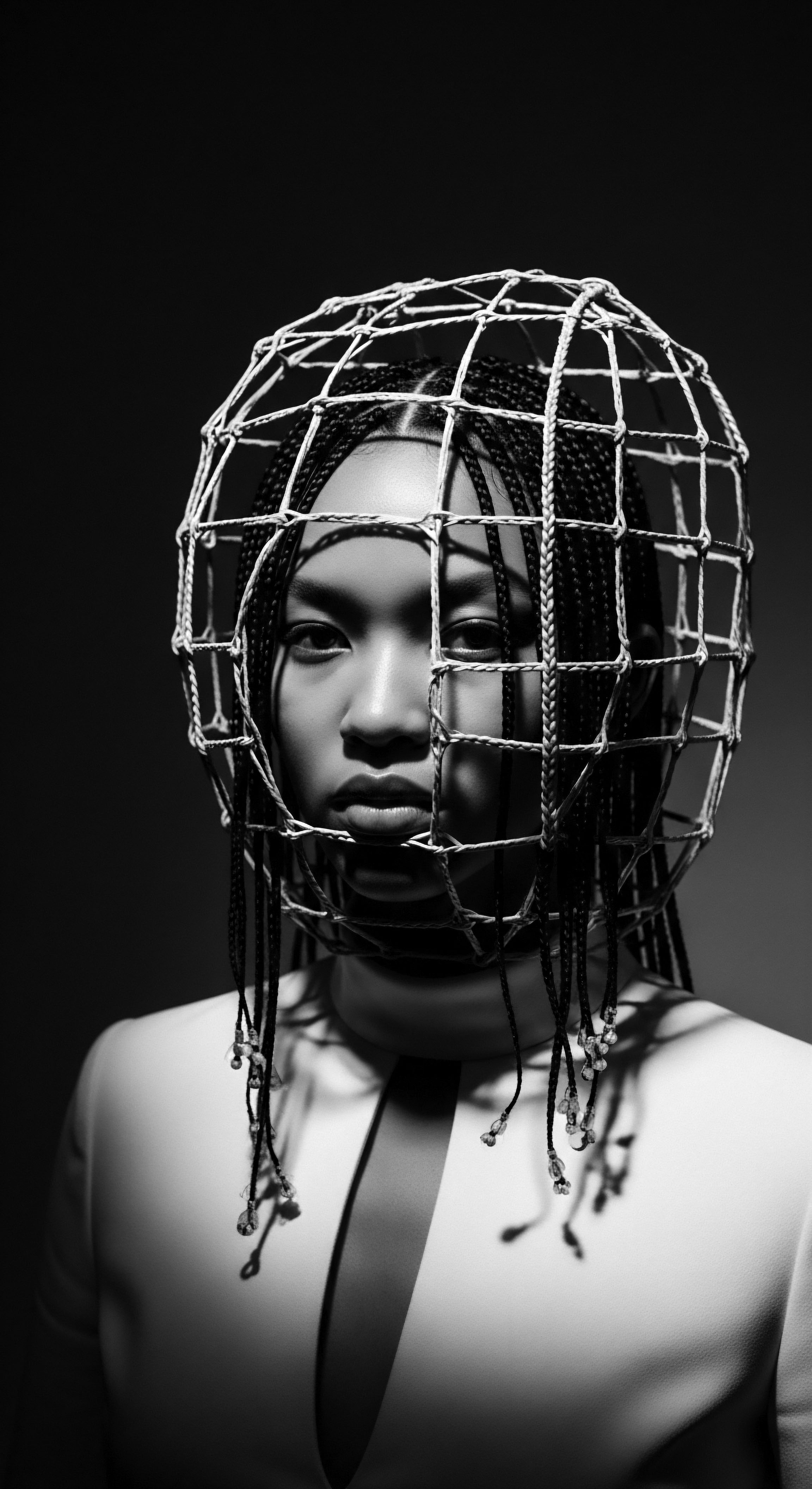
The Baobab Tree’s Gift to Hair
Within the lore of African herbalism, the baobab tree stands as a giving elder, its very being intertwined with human survival. The oil derived from its seeds is a testament to this enduring relationship. It contains a wealth of fatty acids—specifically linoleic and oleic acids in high concentrations, alongside palmitic and alpha-linolenic acids.
These compounds align with the needs of textured hair, which benefits from external lipids to supplement its natural oils. Topical application of baobab oil has shown an ability to improve skin hydration and decrease transepidermal water loss, indicating its capacity to seal moisture within the hair shaft, thus improving its physical qualities.
The traditional knowledge of its application, often in concert with communal grooming practices, helped maintain the integrity of hair, preventing excessive breakage and promoting a healthy scalp environment. This ancestral wisdom, passed down through generations, recognized the strengthening and softening effects of such oils long before modern laboratories could identify specific chemical components.
| Traditional Ingredient Baobab Oil |
| Ancestral Purpose (Heritage) Moisture retention, scalp soothing, hair resilience |
| Modern Scientific Link Rich in omega-3, 6, 9 fatty acids, vitamins A, D, E, F; reduces transepidermal water loss |
| Traditional Ingredient Shea Butter |
| Ancestral Purpose (Heritage) Deep conditioning, protective barrier for strands |
| Modern Scientific Link High in fatty acids (oleic, stearic), anti-inflammatory properties |
| Traditional Ingredient African Black Soap |
| Ancestral Purpose (Heritage) Gentle cleansing, scalp purification |
| Modern Scientific Link Natural saponins from plantain, cocoa pods, shea tree bark; balances pH |
| Traditional Ingredient These natural provisions have served hair and scalp for centuries, their heritage standing firm against the test of time. |

How Does Baobab Oil Preserve Hair’s Architectural Stability?
The intricate structure of textured hair makes it susceptible to dryness and mechanical damage. The scales of the hair’s cuticle, which lie flat in smooth hair, are often raised and more open in coiled or tightly curled strands. This allows moisture to escape more readily. Baobab oil, a lightweight yet rich emollient, appears to coat these cuticle layers, helping to smooth them down.
This action creates a protective film, reducing friction between individual hair fibers, a common cause of breakage in highly textured hair. The essential fatty acids within baobab oil contribute to the hair’s external lipid barrier, aiding in its resistance to environmental stressors and daily manipulation.
From an ancestral viewpoint, this physical preservation was not explicitly understood through biochemistry, but through observed outcomes. Hair that was regularly oiled with natural substances like baobab oil would feel softer, exhibit less brittleness, and be easier to manage and style into the elaborate forms that conveyed cultural messages. This tangible improvement in physical quality directly supported the perpetuation of hair’s profound cultural meaning. The ability to create and maintain specific styles, such as complex braids or coiffures, depended on the hair’s pliability and strength, qualities enhanced by consistent oiling.

Ritual
Rituals, both personal and communal, form the very soul of textured hair care. They are not merely repetitive actions; they embody a living wisdom, a deep connection to ancestral ways, where the application of substances like baobab oil becomes a gesture of reverence. This section explores how baobab oil has been and can remain integral to these customs, bridging the wisdom of the past with the demands of the present.
The acts of washing, detangling, oiling, and styling textured hair have long served as a conduit for familial teaching and community bonding. In pre-colonial African societies, these were not solitary endeavors. Daughters learned from mothers, grandmothers shared secrets with granddaughters, and women gathered for hours, transforming hair into art, all while sharing stories, laughter, and wisdom. The very act of applying oils, massaging the scalp, or creating intricate patterns was a shared social fabric, a tender thread connecting individuals to their collective heritage.
Baobab oil, among other indigenous oils, played a central part in these shared practices. Its consistent use allowed for the suppleness needed for complex braiding and twisting, ensuring that these visual markers of identity could be maintained.

How Does Baobab Oil Support Ancestral Styling Heritage?
Protective styles, a cornerstone of textured hair care across the African diaspora, find their roots in these ancient traditions. Braids, twists, cornrows, and various up-dos were not simply decorative; they safeguarded hair from environmental damage, minimized manipulation, and promoted length retention. The lubrication and conditioning offered by oils like baobab oil were essential for preparing the hair for these styles. A well-oiled strand is less prone to breakage during manipulation, allowing for tighter, more durable styles that would last for extended periods, a practical necessity in communities where time for daily grooming could be scarce.
Consider the meticulous artistry of certain West African braiding traditions, some of which could take days to complete. The hair required constant moisture and a pliable texture to withstand the tension and shaping. Applying baobab oil, with its conditioning characteristics, would have smoothed the cuticle, reducing friction and allowing for easier sectioning and braiding without causing excessive damage. This physical conditioning allowed the cultural significance of the styles—denoting status, age, or marital readiness—to truly shine.
Each stroke of oil, each formed coil, echoes a silent conversation with generations past.
The historical record speaks to a period of rupture, during the transatlantic forced migrations, when enslaved Africans were often stripped of their traditional hair care tools and oils. Their heads were frequently shaved upon arrival, a deliberate act of dehumanization and severing of cultural ties. When hair regrew, access to traditional remedies was denied, forcing improvisation with whatever was available, sometimes substances like animal fats or harsh chemicals. This profound loss underscores the vital role traditional oils and rituals played in maintaining both the physical health of textured hair and its deep cultural integrity.
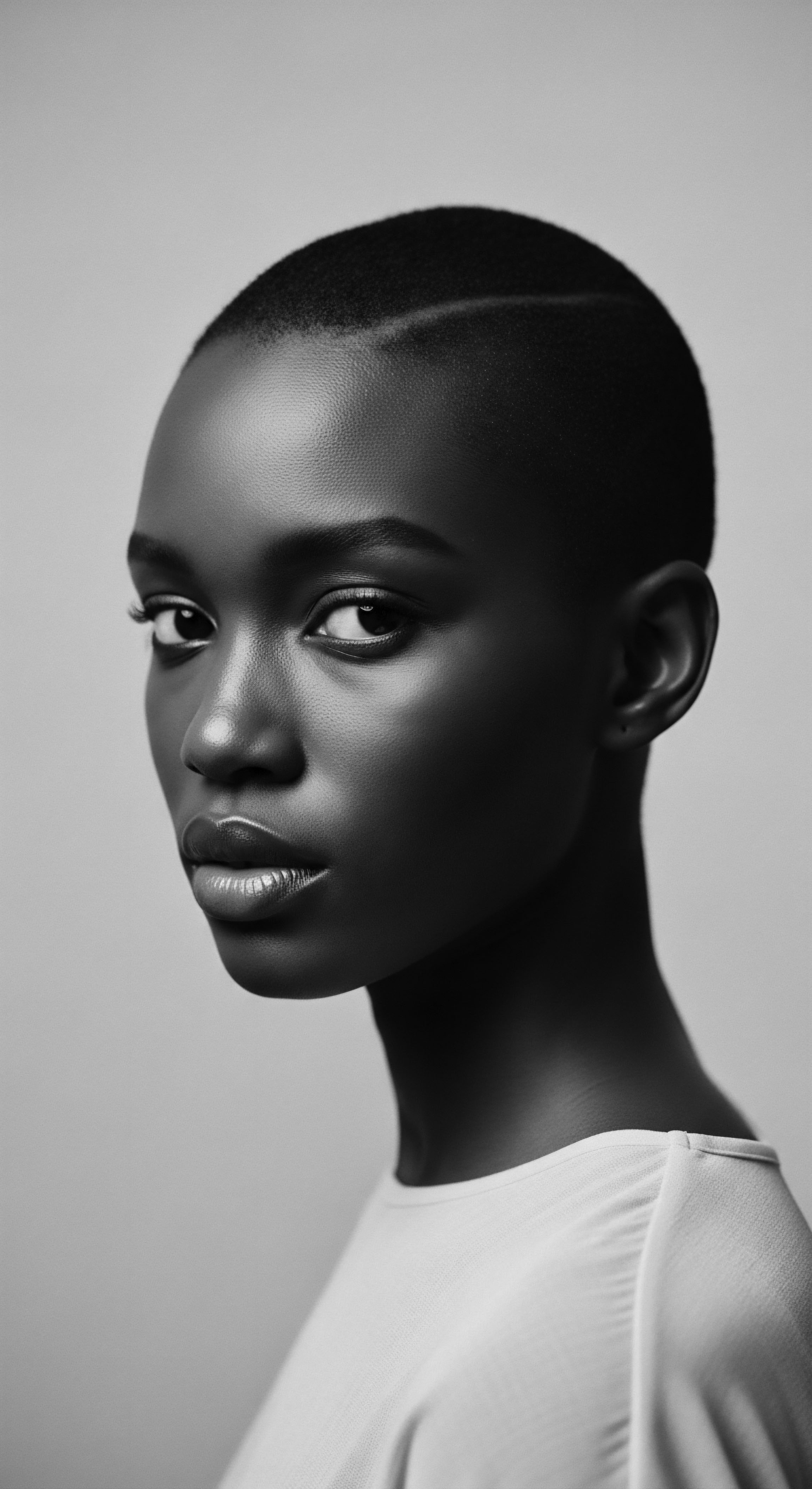
Baobab Oil and Hair Definition
Beyond protective styles, baobab oil also plays a part in defining natural texture. For centuries, individuals have used oils to clump curls and coils, promoting definition and reducing frizz. This aligns with a modern appreciation for natural texture and the desire to visibly express one’s hair pattern.
Baobab oil’s non-greasy feel and absorption rate make it suitable for enhancing natural curl patterns without weighing them down. This property allows individuals to honor their inherited texture, a direct lineage to ancestral hair forms.
- Hair Oiling ❉ A time-honored practice rooted in care, nourishment, and a belief that healthy hair begins at the scalp.
- Protective Styling ❉ Techniques such as braids, twists, and cornrows, used for centuries to protect hair from elements and minimize manipulation.
- Communal Grooming ❉ Social gatherings for hair styling, serving as opportunities for bonding, storytelling, and knowledge transfer.

Relay
The relay of wisdom across generations for textured hair care, particularly concerning the use of natural substances like baobab oil, speaks to an adaptive legacy, one that blends ancient remedies with contemporary understanding. This deeper exploration considers the profound interplay between ancestral practices, the scientific validation they sometimes receive, and the evolving narrative of textured hair in a modern world. Baobab oil, in this context, serves not just as an ingredient, but as a symbolic conduit, carrying the echoes of heritage into the future of holistic care.
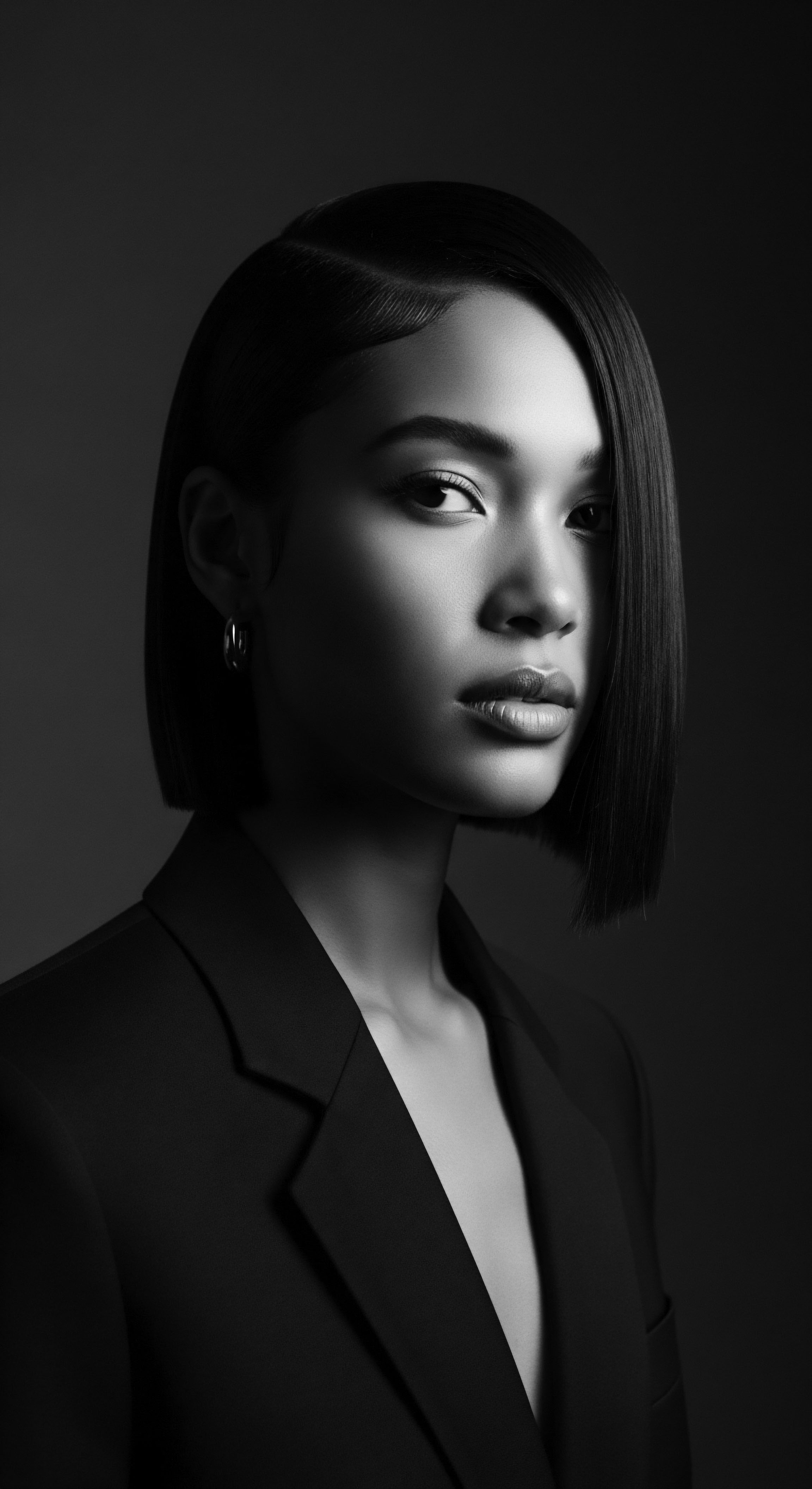
Baobab Oil’s Role in Holistic Wellness
The ancestral approach to wellness recognized the interconnectedness of body, spirit, and environment. Hair care was never isolated from overall health. This perspective aligns with modern holistic wellness philosophies that emphasize nourishment from within and mindful external care. Baobab oil, consumed for its nutritional value (rich in vitamins C, calcium, magnesium, iron) and applied topically, fits this integrated view.
Its internal consumption contributes to general vitality, which, in turn, supports healthy hair growth. The external application supports the physical qualities of the hair itself.
Consider the composition of baobab oil ❉ it contains a significant proportion of linoleic acid (an omega-6 fatty acid) and oleic acid (an omega-9 fatty acid), along with palmitic acid . Linoleic acid is a key component of the skin’s lipid barrier, helping to regulate transepidermal water loss and maintain skin integrity. Applied to the scalp and hair, this helps to seal in moisture, a critical function for textured strands prone to dryness. The presence of antioxidants , including vitamin E, helps protect hair from environmental stressors, mirroring the historical understanding of using natural elements for protection against sun and dust.

How Can Baobab Oil Address Common Concerns for Textured Hair?
Textured hair often faces challenges such as dryness, breakage, and scalp irritation. Baobab oil’s attributes position it as a powerful ally. Its moisturizing and emollient characteristics mean it can deeply hydrate dry, parched strands, restoring a supple feel. Regular application can help fortify hair follicles, potentially lessening breakage and promoting resilient growth.
For scalp discomfort, its anti-inflammatory properties may soothe itchiness and irritation, promoting a healthy environment conducive to hair well-being. The concept of “feeding” the scalp and hair, central to ancestral care, finds a direct echo in baobab oil’s nutrient profile.
A scientific examination of the benefits of essential fatty acids, abundant in baobab oil, offers compelling insights. A 2015 study, involving 120 female participants, looked at the effects of a nutritional supplement containing omega-3 and omega-6 fatty acids, along with antioxidants, on female pattern hair loss. After six months, the group receiving the supplement showed superior improvement in hair density and a significant reduction in the percentage of hair in the telogen (resting) phase, with many reporting a decrease in hair loss (89.9%) and an improvement in hair diameter (86.1%) and density (87.3%) (Le Floc’h et al.
2015). This provides a modern lens through which to appreciate the ancestral wisdom of incorporating oil-rich botanicals into hair care for resilience and density.

Nighttime Rituals and Protective Measures
Nighttime hair care rituals hold immense significance within textured hair heritage. Covering hair with scarves or bonnets before sleep is a time-honored practice aimed at protecting delicate strands from friction against rough pillowcases, which can lead to tangles, breakage, and moisture loss. This ancestral wisdom has been passed down through generations, recognizing the need to preserve styles and maintain hair health during rest.
Baobab oil can play a strengthening role in these routines. A light application before covering the hair provides a protective layer, minimizing friction and locking in moisture during the sleeping hours, thereby extending the effectiveness of daytime conditioning and supporting the hair’s nightly recuperation.
The act of wrapping hair at night also embodies a spiritual and personal boundary, creating a private sanctuary for one’s crown. This practice, often linked to the purity and sacredness of hair in many African traditions, becomes a daily reaffirmation of self-worth and a connection to those who performed similar rites before us. The inclusion of baobab oil in this routine, even if a subtle application, links a modern act of care to a historical continuum of protecting and honoring textured hair.
- Fatty Acids ❉ Linoleic (Omega-6) and Oleic (Omega-9) are primary components of baobab oil, essential for skin barrier function and hair hydration.
- Vitamins ❉ Baobab oil contains vitamins A, D, E, and F, acting as antioxidants that shield hair from environmental damage.
- Antioxidants ❉ Compounds within the oil that combat oxidative stress, which can weaken hair fibers and contribute to aging.
| Physical Quality Moisture Retention |
| How Baobab Oil Contributes (Scientific View) Omega fatty acids help create an occlusive barrier, reducing transepidermal water loss. |
| Ancestral Context of Benefit Maintained softness and pliability, preventing brittleness in dry climates. |
| Physical Quality Reduced Breakage |
| How Baobab Oil Contributes (Scientific View) Vitamins and fatty acids fortify the hair shaft, improving elasticity and resilience. |
| Ancestral Context of Benefit Allowed for the creation and preservation of intricate, long-lasting protective styles. |
| Physical Quality Scalp Health |
| How Baobab Oil Contributes (Scientific View) Anti-inflammatory and antimicrobial properties soothe irritation and regulate sebum. |
| Ancestral Context of Benefit Understood as a prerequisite for robust hair growth; part of holistic well-being. |
| Physical Quality Baobab oil’s molecular attributes align with centuries of practical wisdom regarding textured hair vitality. |
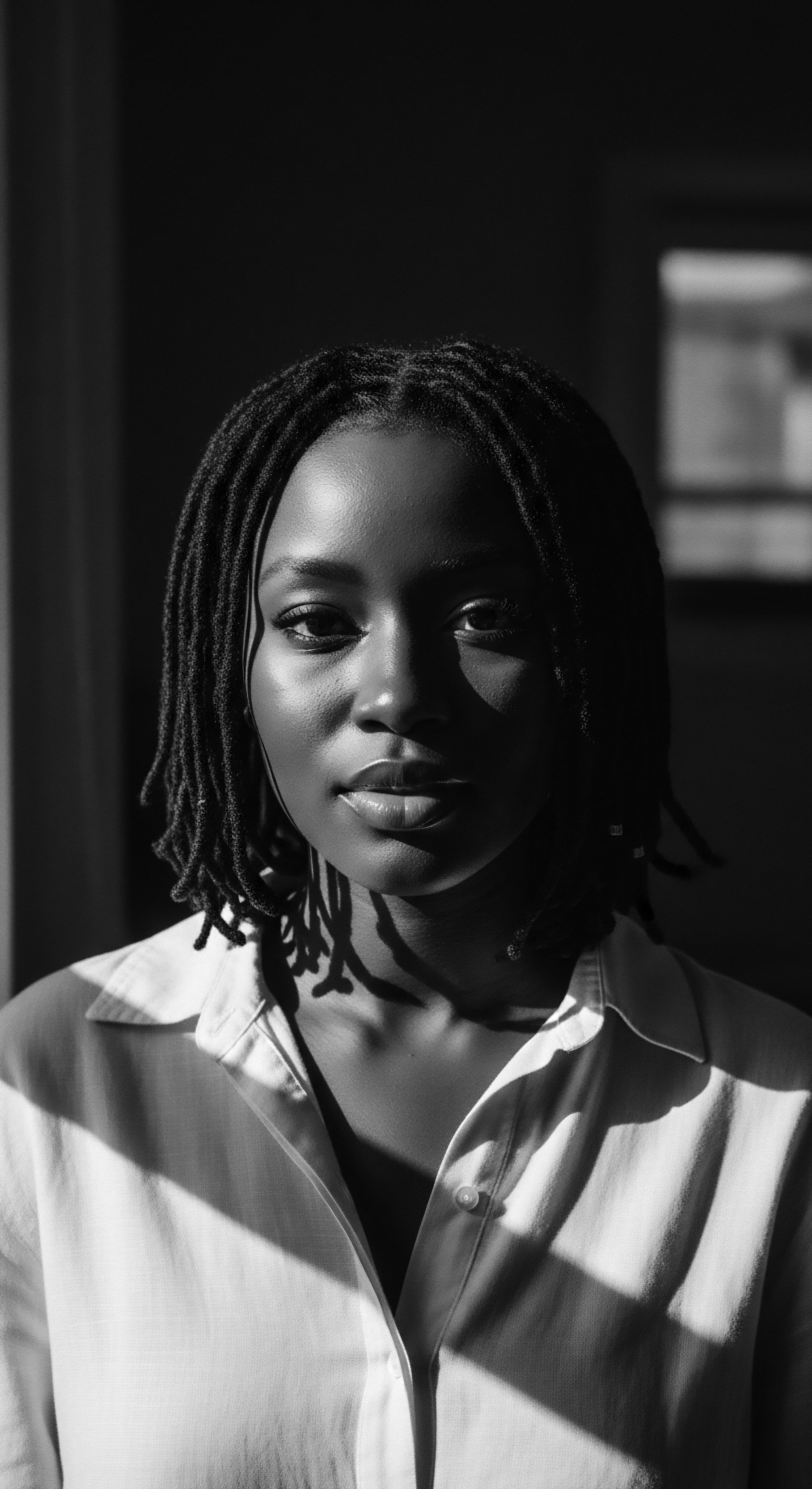
Reflection
The journey into baobab oil’s relationship with textured hair heritage leads us to a profound understanding ❉ hair, particularly for Black and mixed-race communities, serves as a living, breathing archive. It holds not only genetic codes but also the deeply imprinted narratives of resilience, cultural survival, and identity. Baobab oil, a gift from the ancient “Tree of Life,” becomes more than a mere cosmetic ingredient in this context. It is a conduit for preserving physical characteristics and the historical meaning embedded within each strand.
The systematic stripping of traditional hair care practices during eras of profound oppression aimed to sever the spiritual and cultural connections that hair embodied. Yet, the wisdom endured, passed down through whispers and enduring practices. The contemporary natural hair movement, a reclamation of ancestral forms, stands as a testament to this enduring spirit. Baobab oil, with its deeply nourishing and protective qualities, offers a tangible link to these past ways, affirming that the physical health of textured hair is inextricably bound to its profound cultural history.
As we continue to learn, to study, and to honor these traditions, we contribute to a living library, where the story of textured hair, its ancestral legacy, and its future possibilities unfold with every intentional act of care. The simple act of applying baobab oil becomes a silent conversation with those who came before, a statement of pride, and a commitment to the generations yet to come, ensuring the soul of each strand remains unbound and celebrated.

References
- Byrd, A. & Tharps, L. L. (2001). Hair Story ❉ Untangling the Roots of Black Hair in America. St. Martin’s Press.
- Chadare, F. J. et al. (2008). A 20-Year Journey Through an Orphan African Baobab (Adansonia digitata L.) Towards Improved Food and Nutrition Security in Africa. Frontiers in Sustainable Food Systems .
- Le Floc’h, C. et al. (2015). Effect of a nutritional supplement on hair loss in women. Journal of Cosmetic Dermatology, 14(1), 76-82.
- Maroyi, A. (2014). Comprehensive review of Adansonia digitata (Kalpvriksha) ❉ Ethnobotany, phytochemistry, and potential applications. Journal of Tropical Pharmacy and Chemistry .
- Munyebvu, R. (2015). Traditional uses and local perspectives on baobab (Adansonia digitata) population structure by selected ethnic groups in north. University of Pretoria .
- Osman, M. A. (2004). Baobab Tree (Adansonia digitata L) Parts ❉ Nutrition, Applications in Food and Uses in Ethno-medicine – A Review. International Journal of Food Sciences and Nutrition .
- Razafimamonjison, D. E. N. G. et al. (2017). Fatty Acid Composition of Baobab Seed and Its Relationship with the Genus Adansonia Taxonomy. Chemistry & Biodiversity, 14(8).
